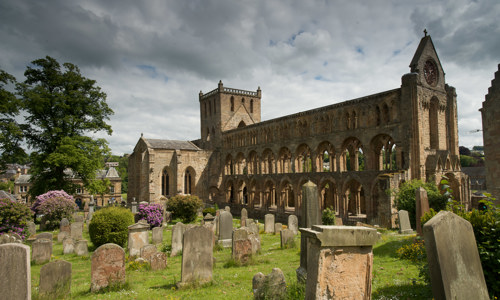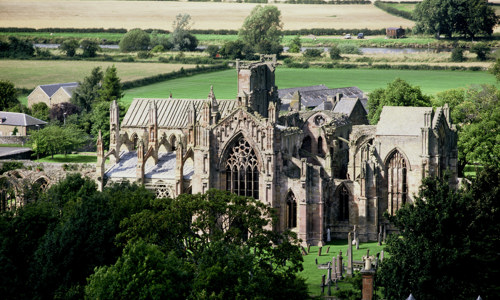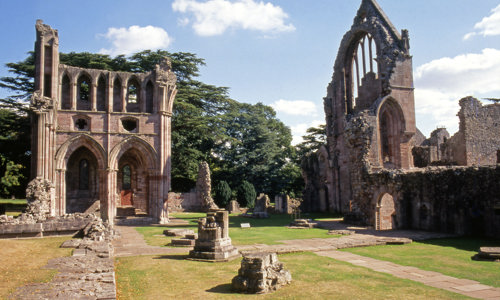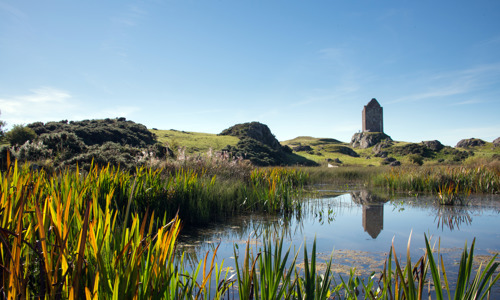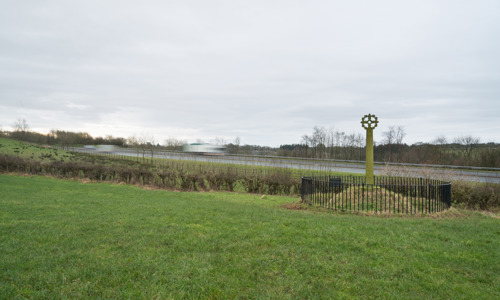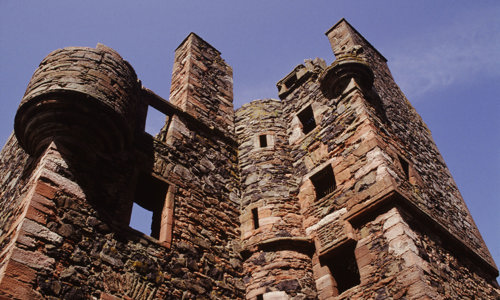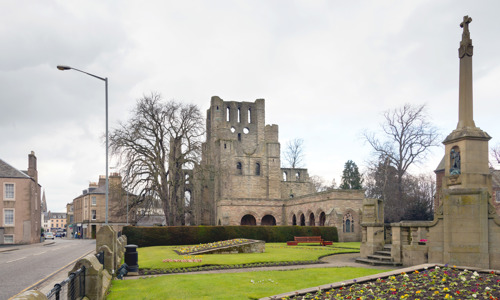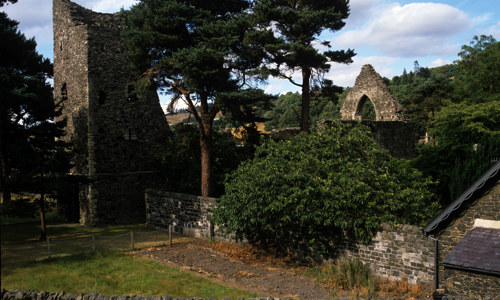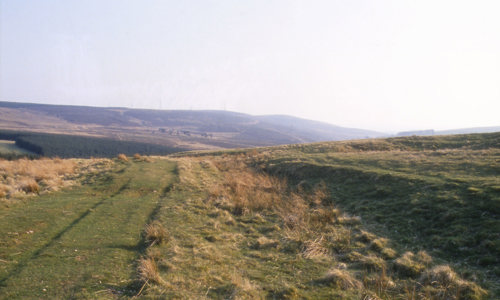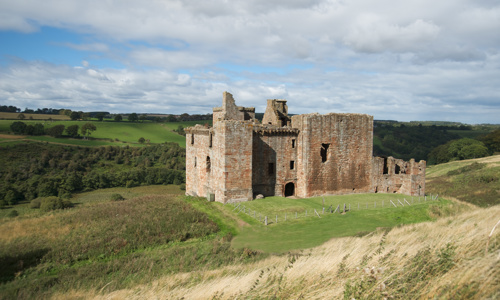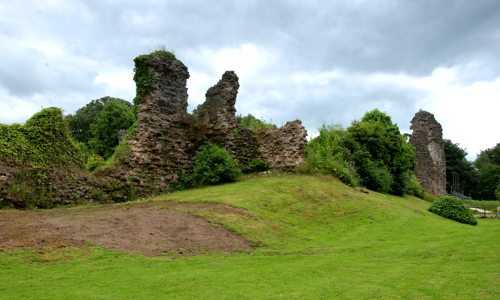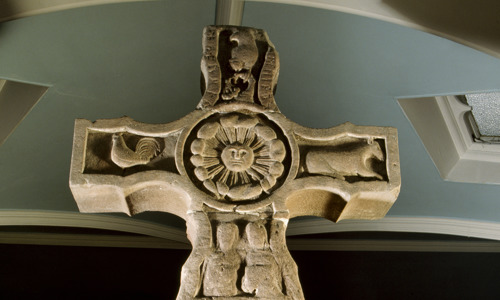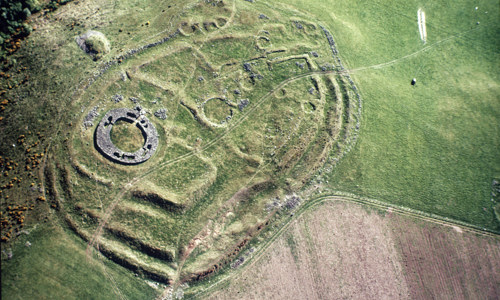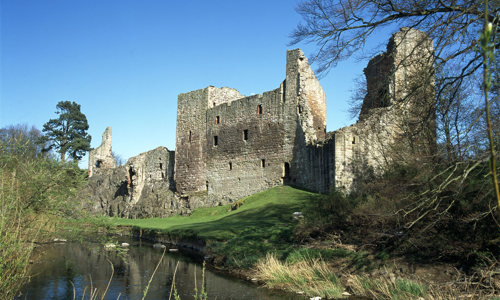History
Hermitage, in deepest Liddesdale, is a lonely spot, and the sight of the awesome castle ruin only heightens the sense of foreboding. Hermitage Castle has inspired local legends but its history of torture, treason and romantic trysts is more than colourful enough.
For most of its 400-year life, the castle was the key to controlling the Scottish Middle March. In his book, The Steel Bonnets, George Macdonald Fraser describes Hermitage as “the guardhouse of the bloodiest valley in Britain”.
Known as ‘the strength of Liddesdale’, Hermitage was fought over time and again. Even the building of the castle in the 13th century brought Scotland and England to the brink of war.
Border bulwark
The mighty stone castle is built on an impressive platform of earth, which may have been part of an earlier castle complex. The earliest records for Hermitage are for the de Soules residence in the 1240s, but this may have been situated to the west, near the chapel ruins.
English lord Sir Hugh de Dacre began the present castle around 1360. It was transformed beyond recognition by his successor, William, 1st Earl of Douglas, one of Scotland’s most powerful noblemen.
Hermitage was adapted in the 1500s to respond to the threat posed by gunpowder artillery. Gun holes were punched in its thick walls and a massive gun defence was built outside to protect the castle’s western approach.
A perilous journey
Hermitage Castle was also the scene of a dramatic episode in the life of Mary Queen of Scots. In October 1566, her trusted noble James Hepburn, 4th Earl of Bothwell, was wounded in a skirmish with reivers (cattle thieves). On hearing the news, Mary rode out from Jedburgh, a 25-mile journey across difficult terrain.
It has been suggested that her two-hour visit was a secret lovers’ tryst with the man who later became her third husband. This was almost certainly malicious gossip. Their hasty courtship probably didn’t begin until the following year.
On the gruelling journey back to Jedburgh, Mary’s horse stumbled, throwing her into a bog, from which she contracted a fever. She was confined to bed in Jedburgh for a week, and it was said she was fortunate to recover from her ordeal.
Romantic ruin
Hermitage lost its strategic importance in 1603, when Mary’s son James VI of Scotland also became James I of England. Abandoned by its noble owners, the castle was left to decay.
In the 1800s, however, new owner the Duke of Buccleuch and Queensberry was inspired to preserve the haunting ruin for posterity. Romantic novelist Sir Walter Scott had roused a spirit of nostalgia among Scots through his writings.
Natural history
Wildlife around the castle includes:
- wildflowers growing along the banks of Hermitage Water
- ospreys that nest nearby and often fly overhead in spring and early summer


